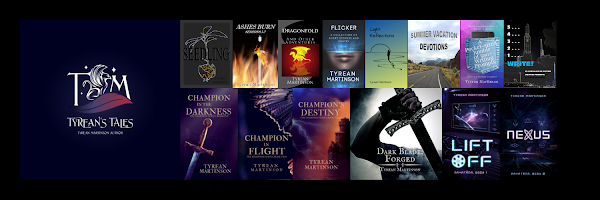The result: I've been exhausted, and completely behind.
Now, on with the post that I meant to post on Monday.
The Story is in the Details, Part 2
In my last post, I discussed integral details to storylines, like knowing why a character reacts in a certain way to certain stimuli. Remember my writing friend’s story about the character who broke up with the guy who jingled his keys . . .her father jingled his keys every night when he came home. One night, there was no jingle. He never came home that night. So for that character, the jingle of keys brought deep sorrow.
Details can be the keys to plot-lines, or a grouping of notes that when played will make beautiful music, or jarring, spine-tingling music . . . whichever direction the story is heading.
But what about details that seem inconsequential, like setting and world building details that don’t seem integral to the plot-line? Why do these matter?
You can throw your reader out of your otherwise well-crafted story with a detail that's out of place.

For instance, my daughters have been fans of American Girl products for many years now, and when we received this year’s new catalog with the 2012 American Girl of the year, we found just one little problem. The 2012 American Girl is a character from Seattle. That’s cool. I was born in Seattle, and still live within a 45 minute drive on a clear traffic day. (BTW, if you live in Washington state, never state how many miles it is to a certain point, but how many minutes or hours is takes to drive there)
This new American Girl has a school outfit that includes an umbrella and rainboots. It’s cute. It’s not Seattle.
Why not?
If you lived near Seattle, you would know that while the weatherman may say it will be sunny, it still might rain. It could rain any day of the week. It could rain with wind gusts that will rip an umbrella out of your hands or bend it backwards. It could drizzle, then gush, then mist, then drizzle again for four days straight. Once wet, umbrellas stay wet. They don’t store anywhere well when they are wet. It might be a week until they dry. Mold can be a problem here. We have rain in every season. Umbrellas are clunky, stay wet, and are just annoying to carry everywhere every day. We use them for special events like outdoor sporting events. Most of us aren’t sure why Seattle “had to have” a new retractable partial roof for the new sports arenas – a fad from California? We might bring an umbrella to something like that where we are just going to sit for hours. Otherwise, we just shrug and go about our day. It will rain again later, or it might just be cloud covered all day, or it might be sunny for a few hours. Who knows? The weatherman usually doesn’t.
Rain boots are for special events too. We wear them specifically for stomping in puddles, or when we own farm animals and have to walk out to feed them. Otherwise, we just get wet. Sometimes outdoor games are “rained out” but that’s usually because we are trying to save the soccer fields or baseball fields from becoming big mud pits, so actually outdoor games can be “mudded out” but usually not just “rained out.” As a kid I played soccer, and I only remember a handful of sunny day games. I came home caked in mud regularly from practice. Shoes are often parked in houses next to heating vents so they can dry out. Leaving them on the porch invites mold and slugs to make a home in them.
So, why does all this silly reaction to the details of an American Girl doll matter?
Because I've had the same reaction when reading novels based in Washington when those novels are written by someone from outside the state. In fact, I rarely read fiction that's based here if the author doesn't live here because I know some small detail is simply going to bug me.
Readers have a tough time shrugging away details that are misplaced.
So, please, if you base your WIP in the Seattle area, make sure your MC only uses an umbrella and rain boots for special events, not for school days or work days. Seattle area Washingtonians wear layers and carry hooded jackets in their cars. Short hair and ponytails are popular ways to keep the frizz at bay.
I tell my kids "hoods up" when we go outside in the rain. It's also popular to say, "oh, you're not going to melt" when someone whines about getting wet (that's just not in my household).
However, if you base your WIP on “the other side of the mountains” in Eastern Washington (divided by the Cascade Mountain Range), all this is useless advice. Eastern Washingtonians are used to being dry, and they call us Western Washingtonians “coasties”. Eastern Washington grows apples and potatoes, Western Washington has Evergreen trees and coffee stands.
So, to wrap up:
Stories are strengthened by the accuracy of their details, and plotlines can hinge on knowing the details of your character.
What are the details about your state, town, or country that might surprise a “newbie”, “tourist” or fiction writer?

Interesting post, Tyrean, and very true. Details that are out of sync or unrealistic can derail the reader. Thanks for this first rate post. I like how you illustrated it.
ReplyDeletePam
amazing post..I love the doll pic you have in here, very cute
ReplyDelete